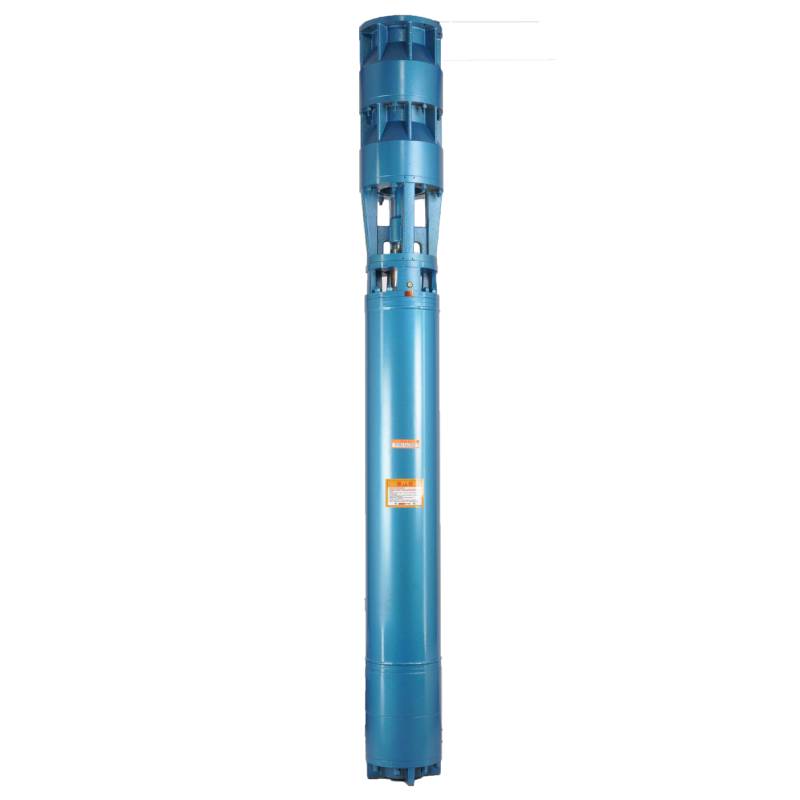Dec . 07, 2024 15:06 Back to list
submersible vs jet pump
Submersible vs. Jet Pump Choosing the Right Pump for Your Needs
When it comes to water pumping solutions, two popular options that often come to mind are submersible pumps and jet pumps. Both have their own unique advantages and applications, making them suitable for different scenarios. Understanding their differences is key to making an informed decision about which pump is best for your specific needs.
Submersible Pumps An Overview
Submersible pumps are designed to operate while submerged in the fluid they are pumping, typically water. These pumps are encased in a waterproof housing that protects their electrical components. The design allows the pump to push water to the surface through a pipe system, making them highly effective for deep wells, flooded areas, and various other applications.
One of the significant advantages of submersible pumps is their efficiency. They can operate at greater depths compared to jet pumps, often up to 400 feet or more. Additionally, submersible pumps tend to be quieter since they are submerged underwater, minimizing noise pollution. They are also less prone to cavitation, a phenomenon where vapor bubbles form in a liquid and can potentially damage a pump.
However, submersible pumps can be more expensive upfront, and their installation may require professional assistance, especially if the well or pit is particularly deep. Maintenance can also be more challenging, as the pump must be removed from the water for inspections or repairs.
Jet Pumps An Overview
Jet pumps, on the other hand, function differently. They are installed above ground and use a motor to create a vacuum that sucks water up from a well or basin. Jet pumps are typically utilized for shallower wells, generally reaching depths of about 25 to 35 feet. Their design is often simpler, making them easier to install and maintain.
One notable benefit of jet pumps is their lower initial cost. They are more affordable to purchase and often easier to install, which can be a deciding factor for many homeowners. Additionally, jet pumps can be very efficient at shallower depths and are often preferred for applications like garden watering and household supply.
submersible vs jet pump

However, their limitations become evident in deeper installations. Jet pumps may struggle at greater depths, leading to reduced performance and the potential for cavitation. Furthermore, their operation can be noisier compared to submersible pumps, which might not be ideal in residential areas.
Making the Right Choice
When choosing between a submersible pump and a jet pump, several factors come into play
1. Depth of Water Source If your water source is deeper than 25 feet, a submersible pump is typically the better choice. For shallower applications, jet pumps can be effective and cost-efficient.
2. Installation and Maintenance If you prefer a simpler installation, jet pumps offer an attractive solution. However, for a long-term investment, submersible pumps may require less frequent maintenance if properly installed.
3. Noise Considerations If noise is a concern, submersible pumps provide quiet operation while working beneath the water's surface.
4. Budget Consider both upfront costs and potential long-term maintenance expenses. Jet pumps are usually less expensive to start, but submersible pumps may provide better durability and efficiency in the long run.
Conclusion
Ultimately, the decision between a submersible pump and a jet pump hinges on your specific requirements, including the depth of the water source, installation preferences, noise levels, and budget. By carefully evaluating these factors, you can select the right pump that meets your needs, ensuring reliable water access for your home or project. Whether you opt for the efficient submersible pump or the cost-effective jet pump, understanding your requirements will lead to a successful pumping solution.
-
Submersible Water Pump: The Efficient 'Power Pioneer' of the Underwater World
NewsJul.01,2025
-
Submersible Pond Pump: The Hidden Guardian of Water Landscape Ecology
NewsJul.01,2025
-
Stainless Well Pump: A Reliable and Durable Pumping Main Force
NewsJul.01,2025
-
Stainless Steel Submersible Pump: An Efficient and Versatile Tool for Underwater Operations
NewsJul.01,2025
-
Deep Well Submersible Pump: An Efficient 'Sucker' of Groundwater Sources
NewsJul.01,2025
-
Deep Water Well Pump: An Efficient 'Sucker' of Groundwater Sources
NewsJul.01,2025
-
 Submersible Water Pump: The Efficient 'Power Pioneer' of the Underwater WorldIn the field of hydraulic equipment, the Submersible Water Pump has become the core equipment for underwater operations and water resource transportation due to its unique design and excellent performance.Detail
Submersible Water Pump: The Efficient 'Power Pioneer' of the Underwater WorldIn the field of hydraulic equipment, the Submersible Water Pump has become the core equipment for underwater operations and water resource transportation due to its unique design and excellent performance.Detail -
 Submersible Pond Pump: The Hidden Guardian of Water Landscape EcologyIn courtyard landscapes, ecological ponds, and even small-scale water conservancy projects, there is a silent yet indispensable equipment - the Submersible Pond Pump.Detail
Submersible Pond Pump: The Hidden Guardian of Water Landscape EcologyIn courtyard landscapes, ecological ponds, and even small-scale water conservancy projects, there is a silent yet indispensable equipment - the Submersible Pond Pump.Detail -
 Stainless Well Pump: A Reliable and Durable Pumping Main ForceIn the field of water resource transportation, Stainless Well Pump has become the core equipment for various pumping scenarios with its excellent performance and reliable quality.Detail
Stainless Well Pump: A Reliable and Durable Pumping Main ForceIn the field of water resource transportation, Stainless Well Pump has become the core equipment for various pumping scenarios with its excellent performance and reliable quality.Detail
